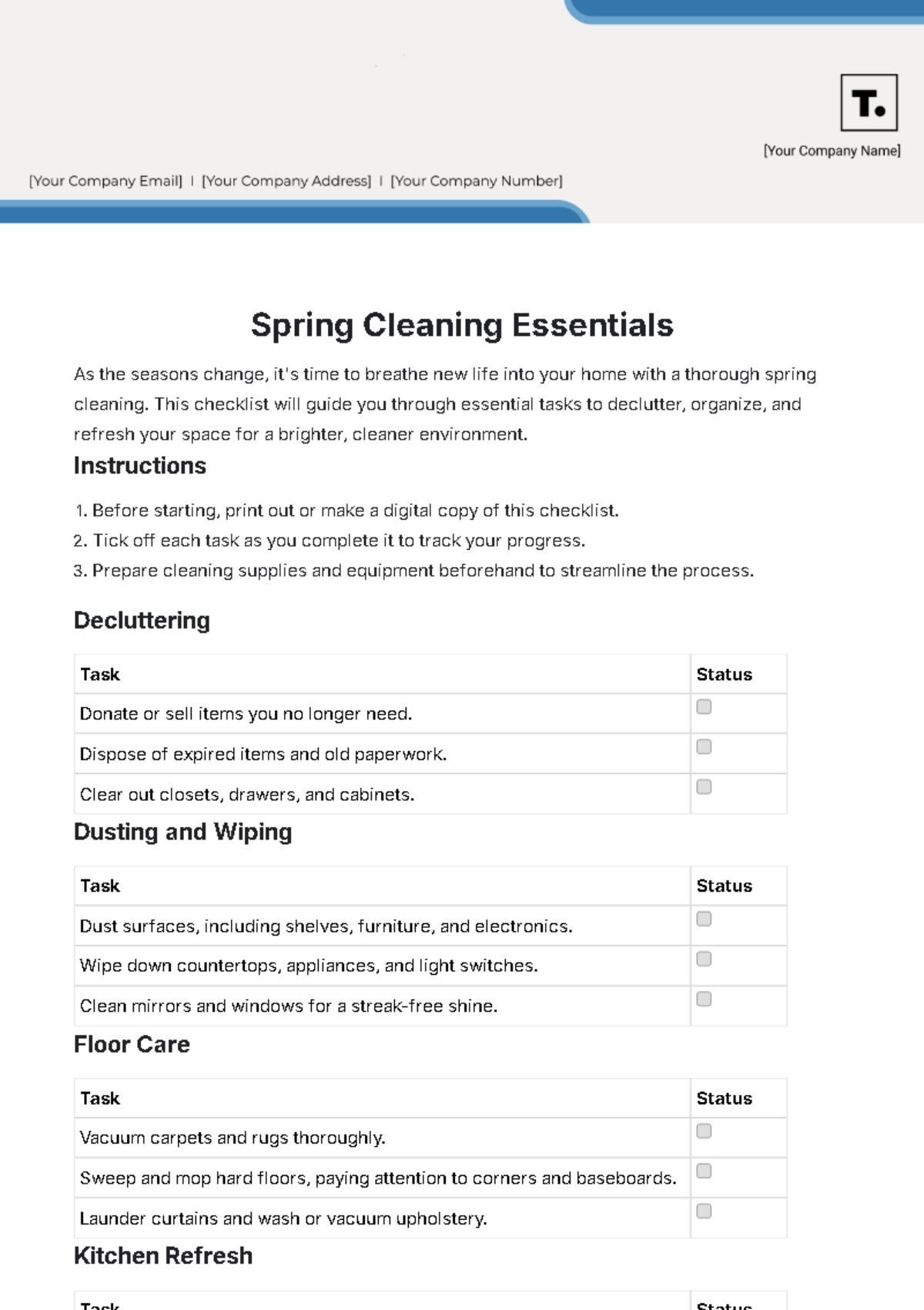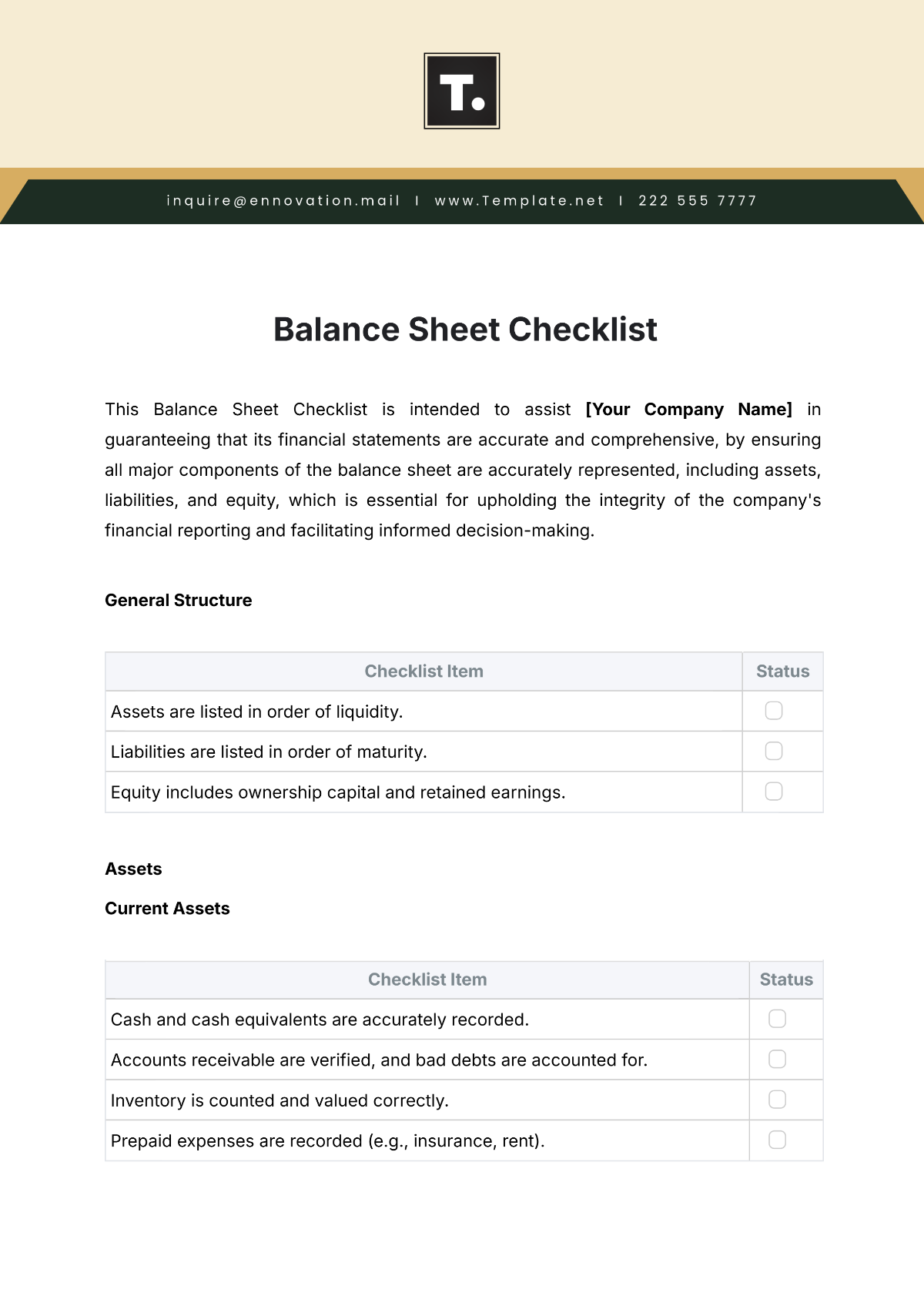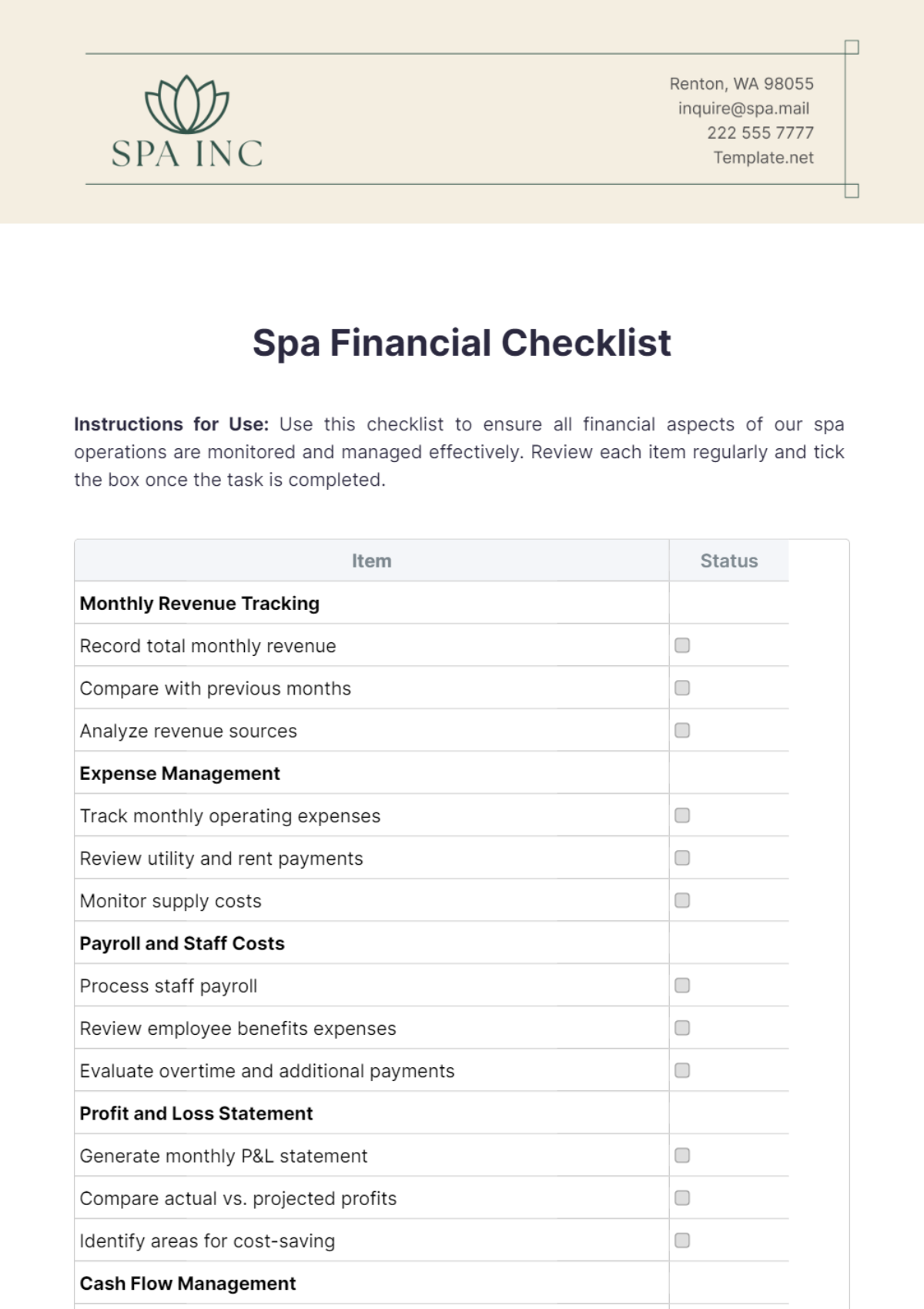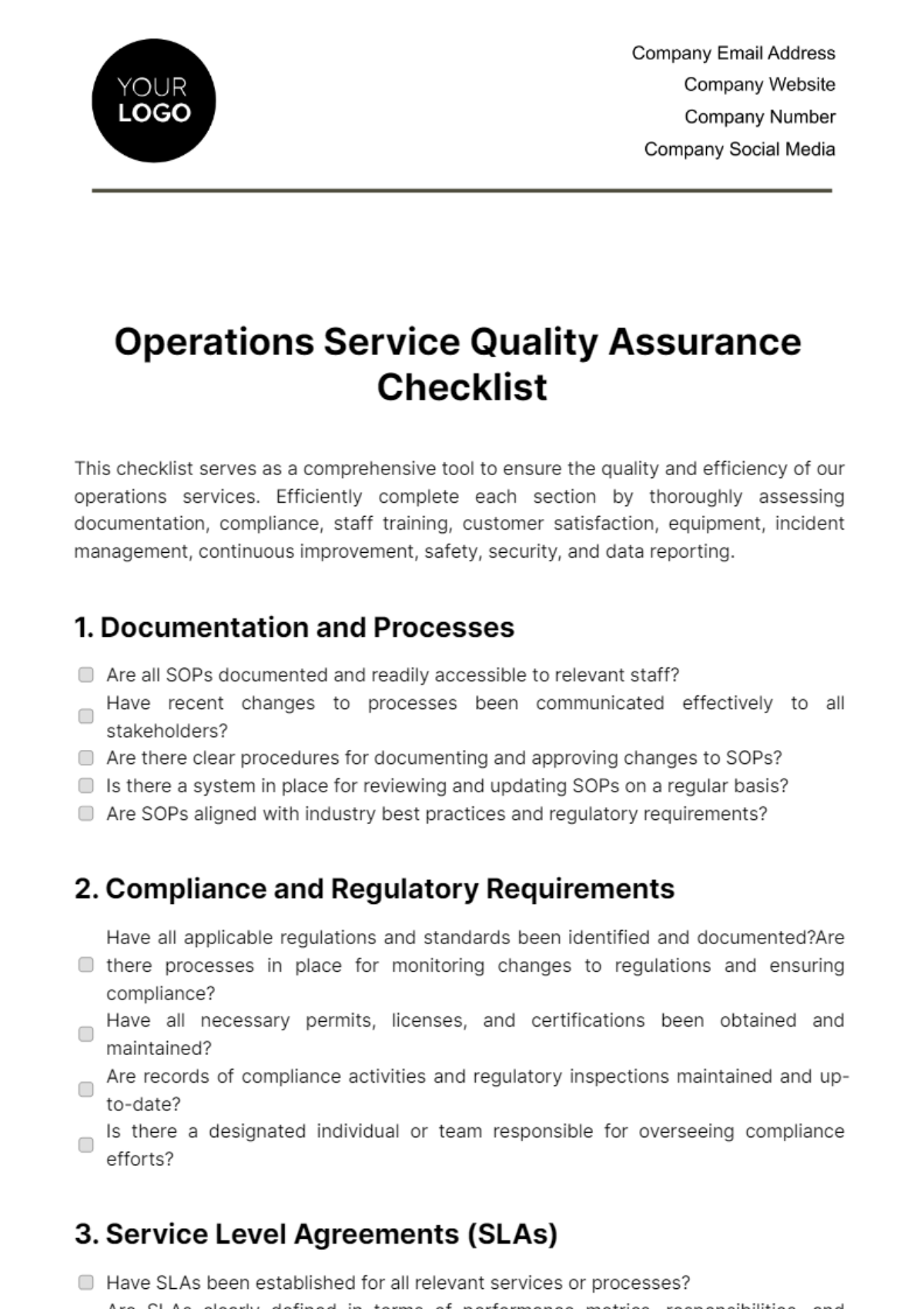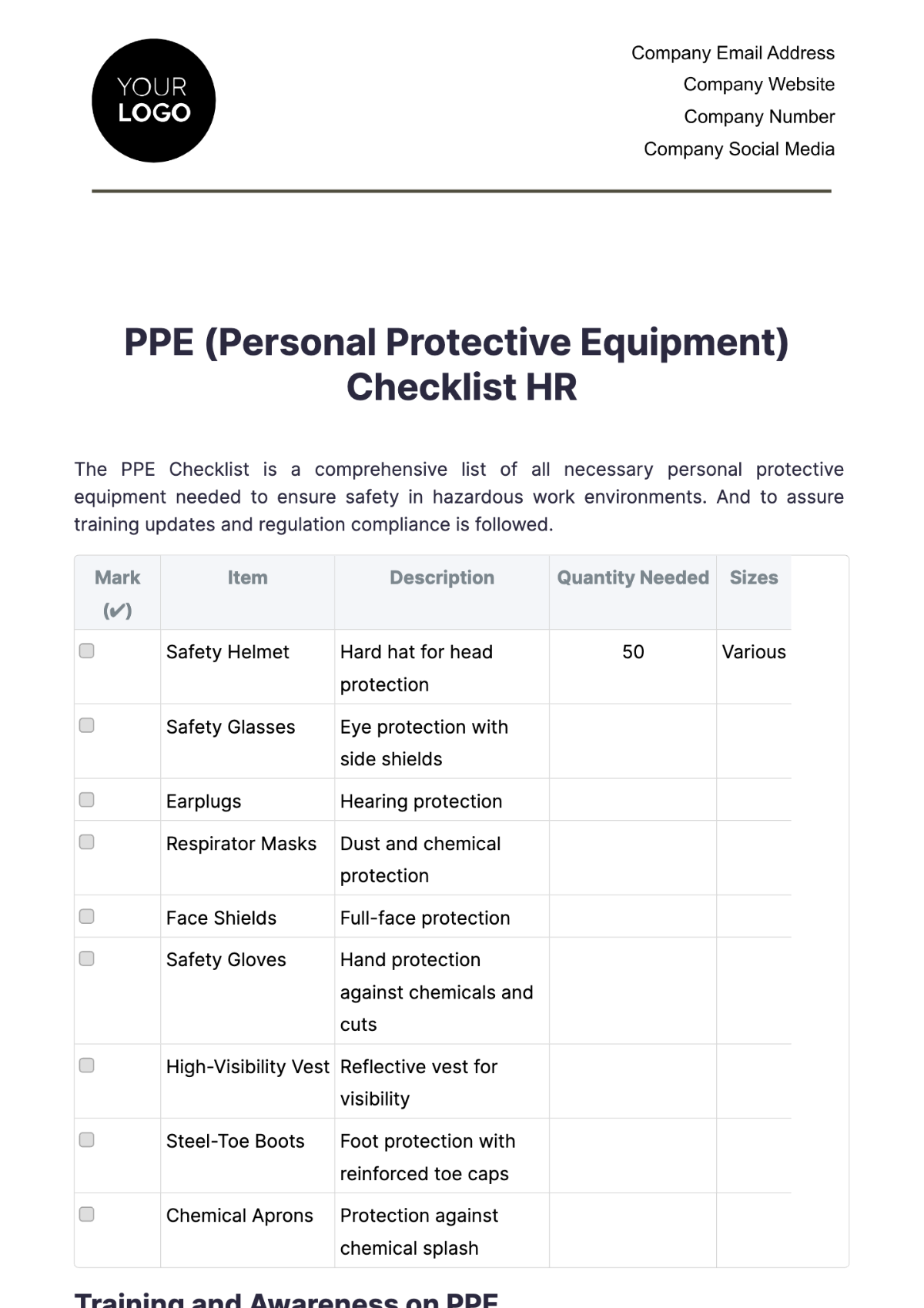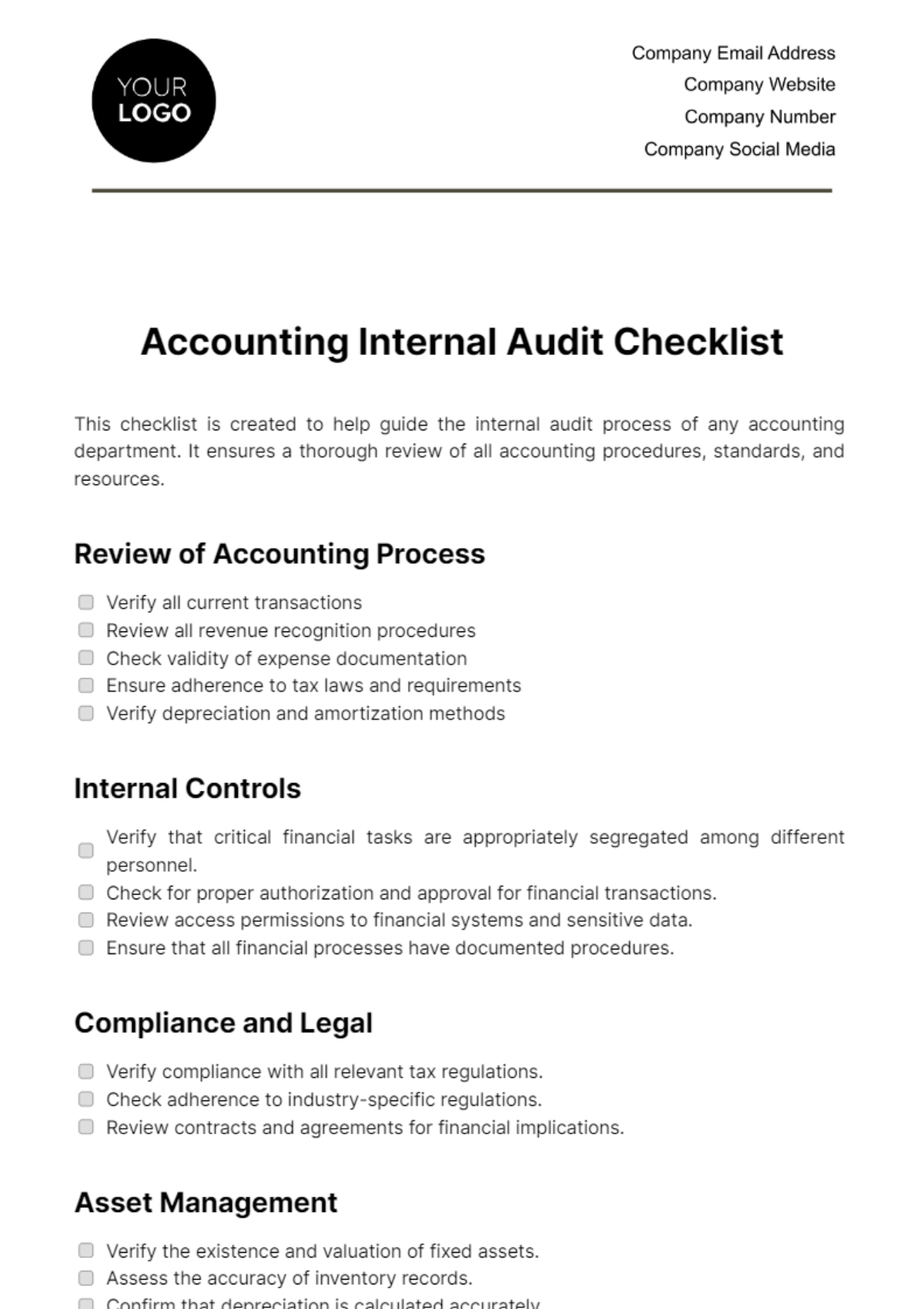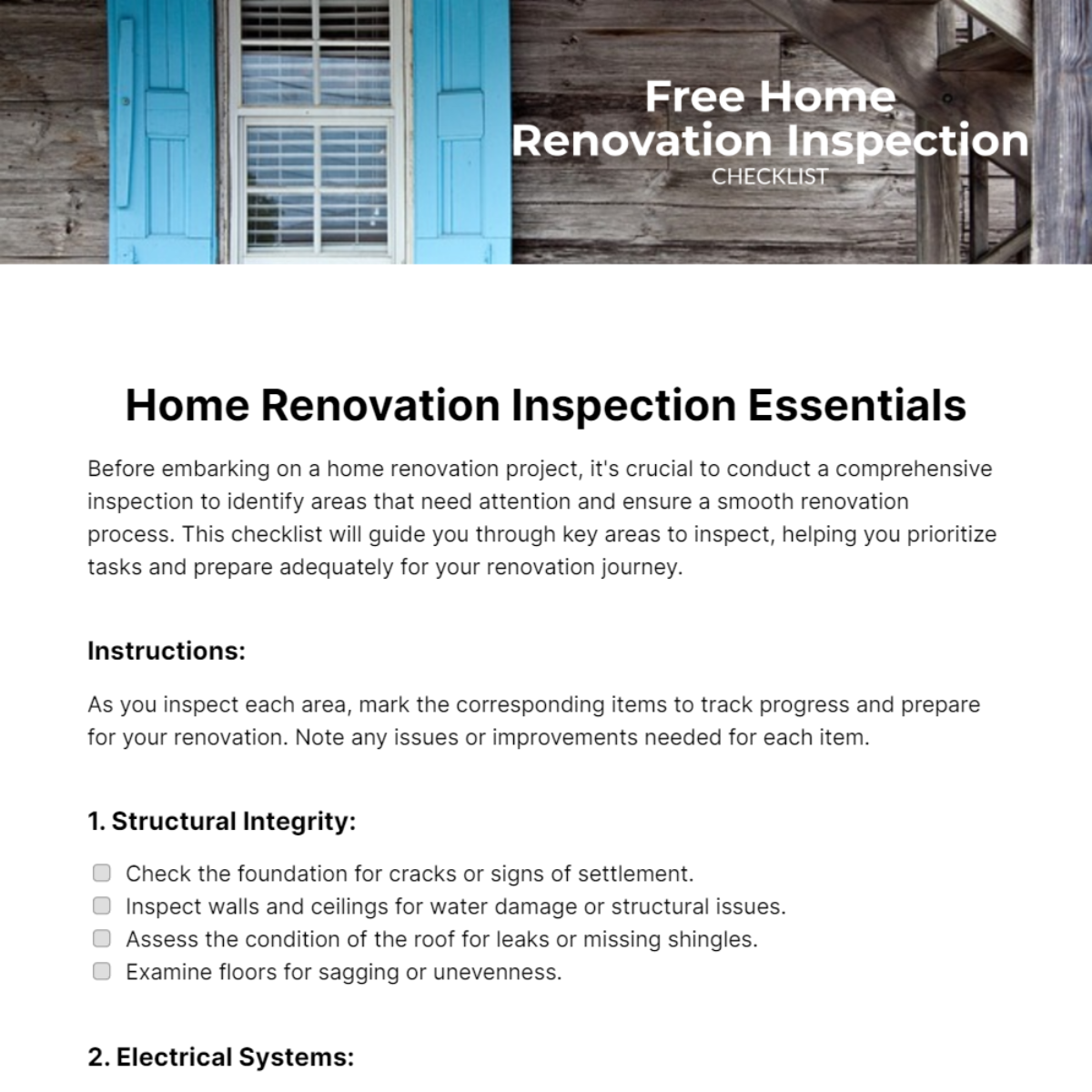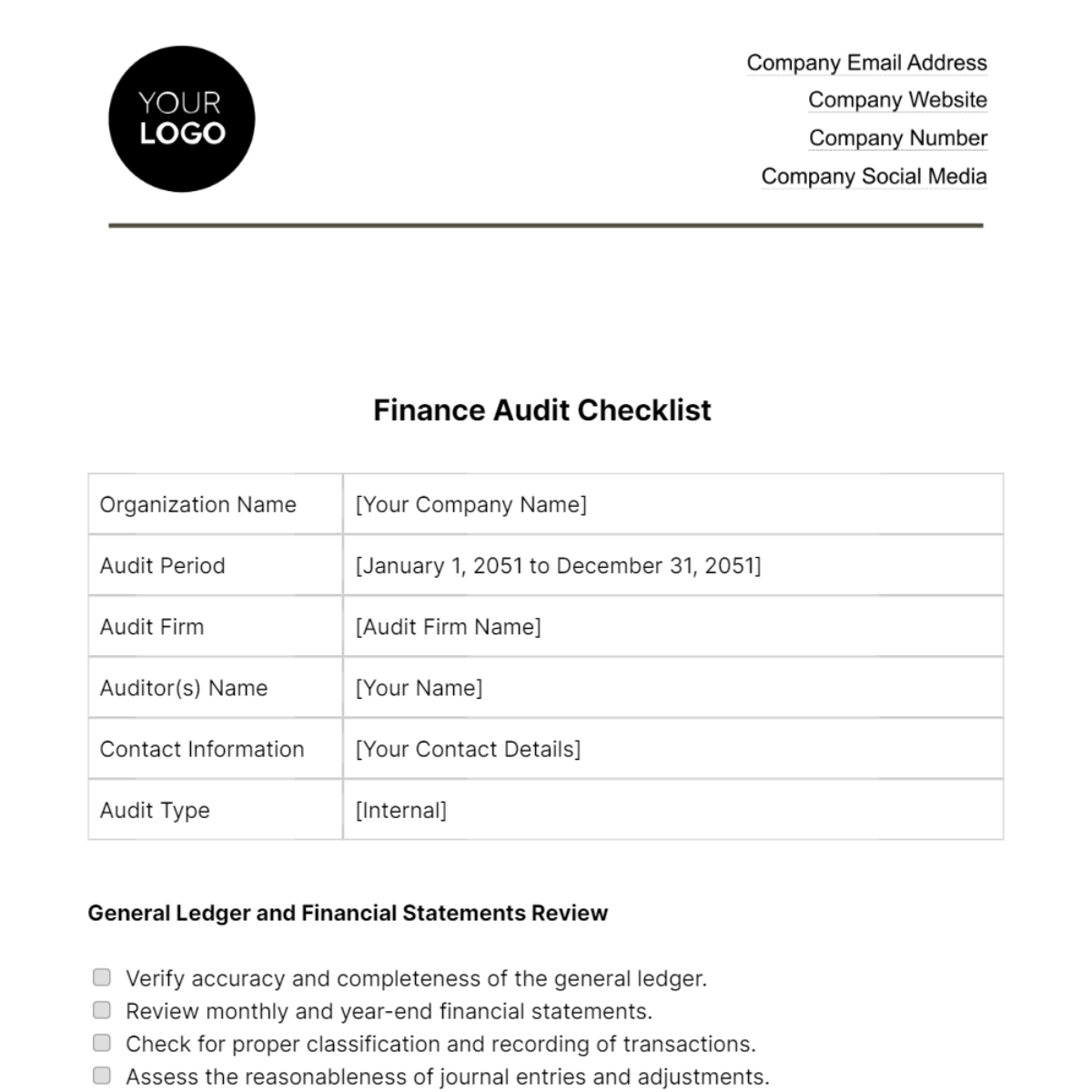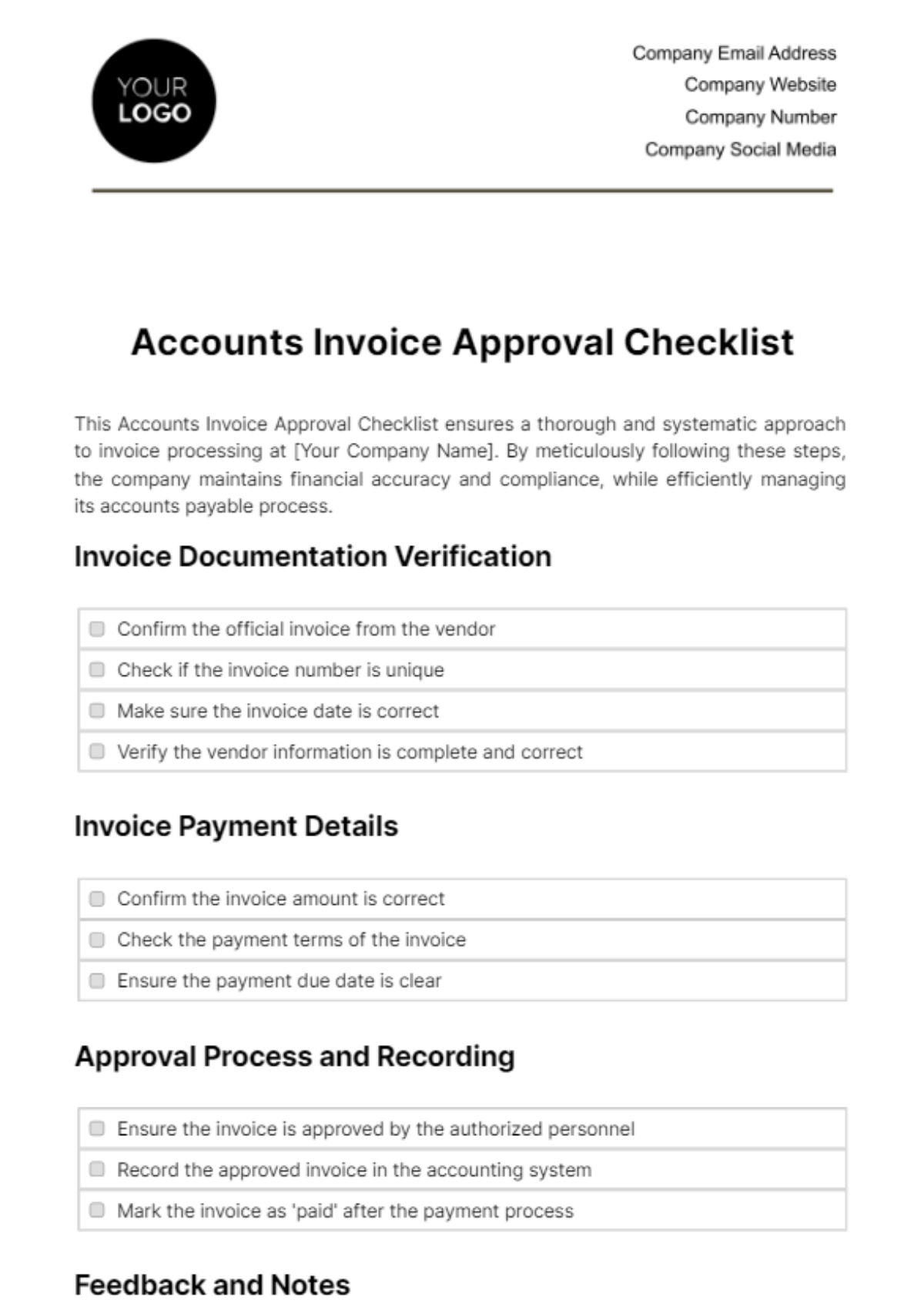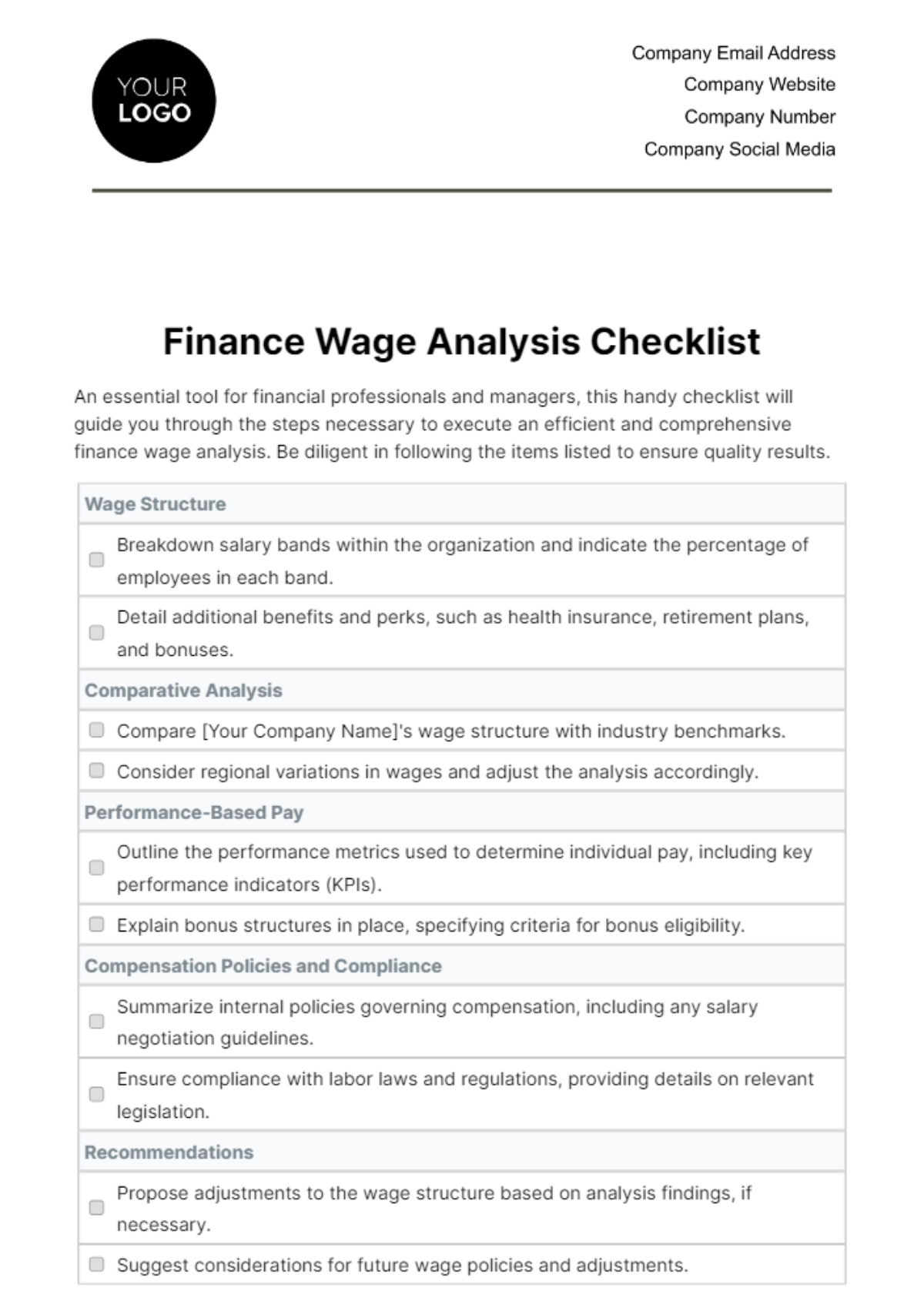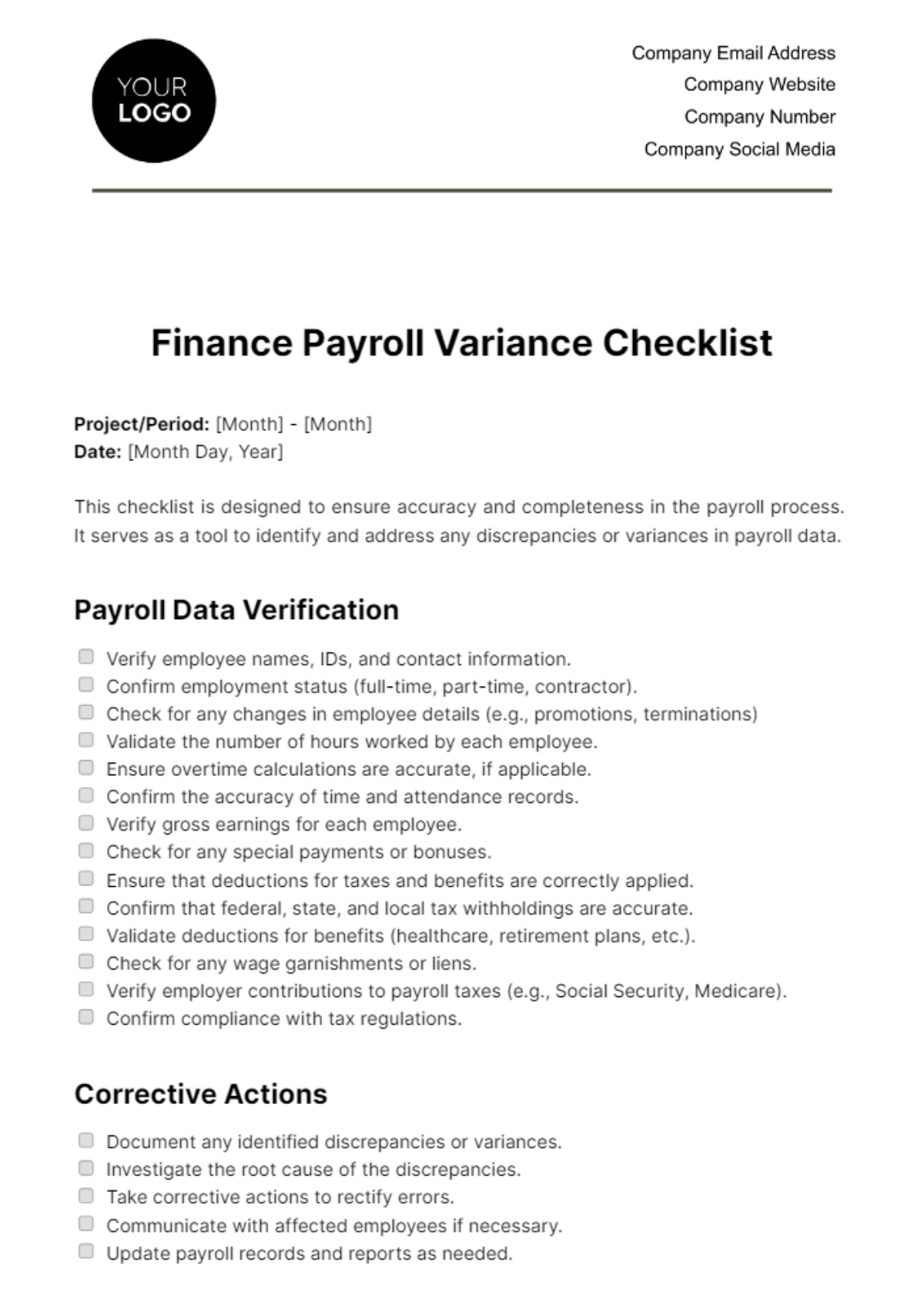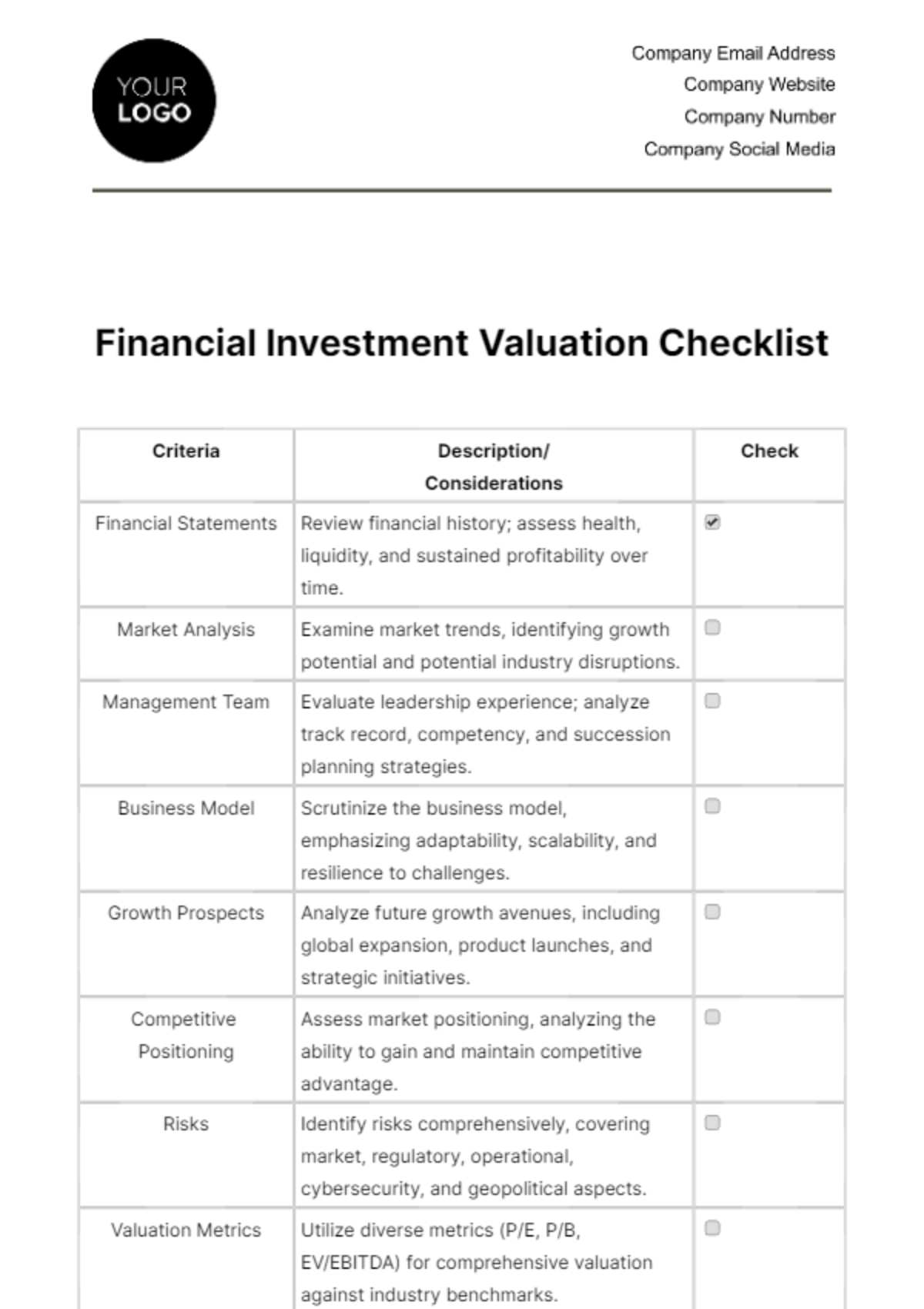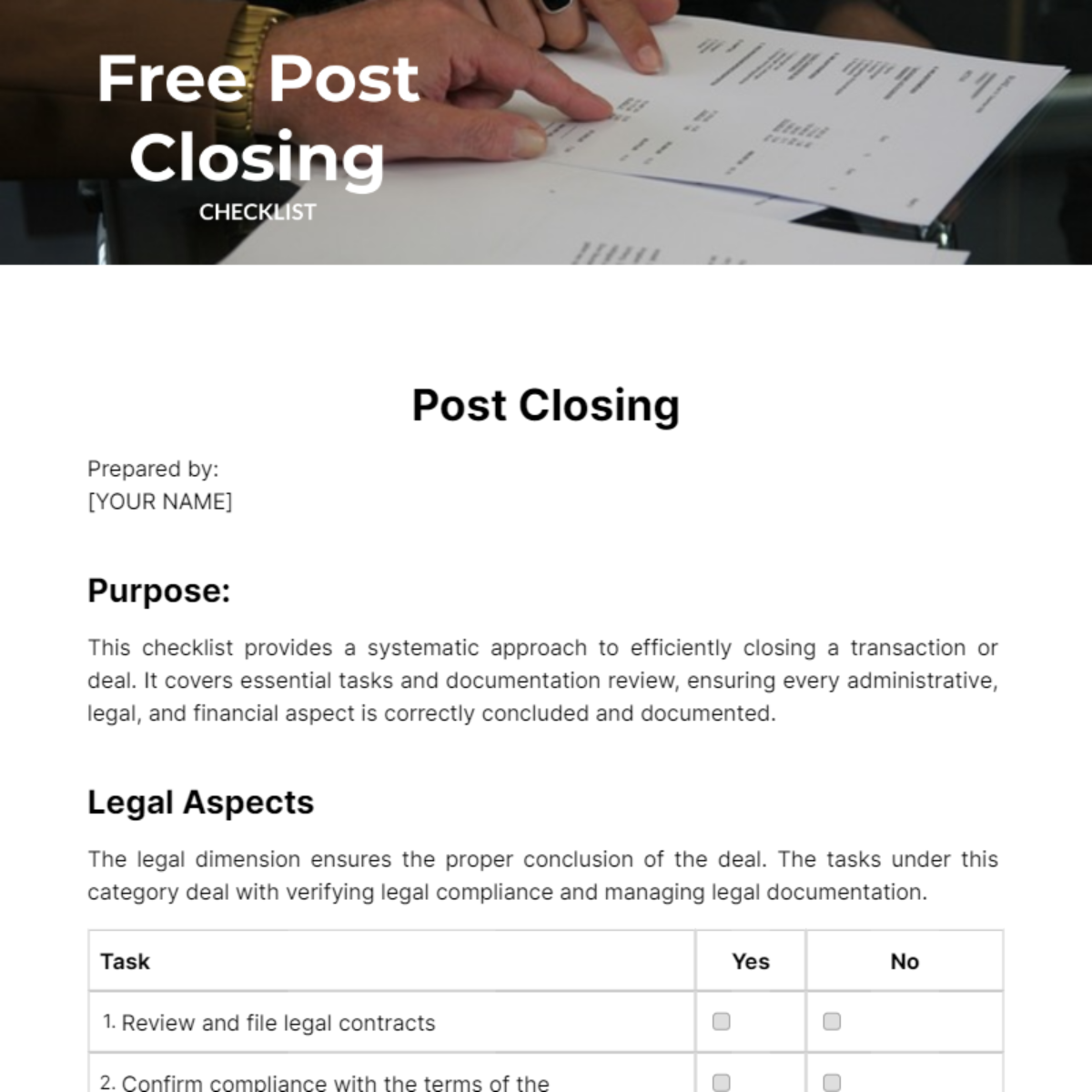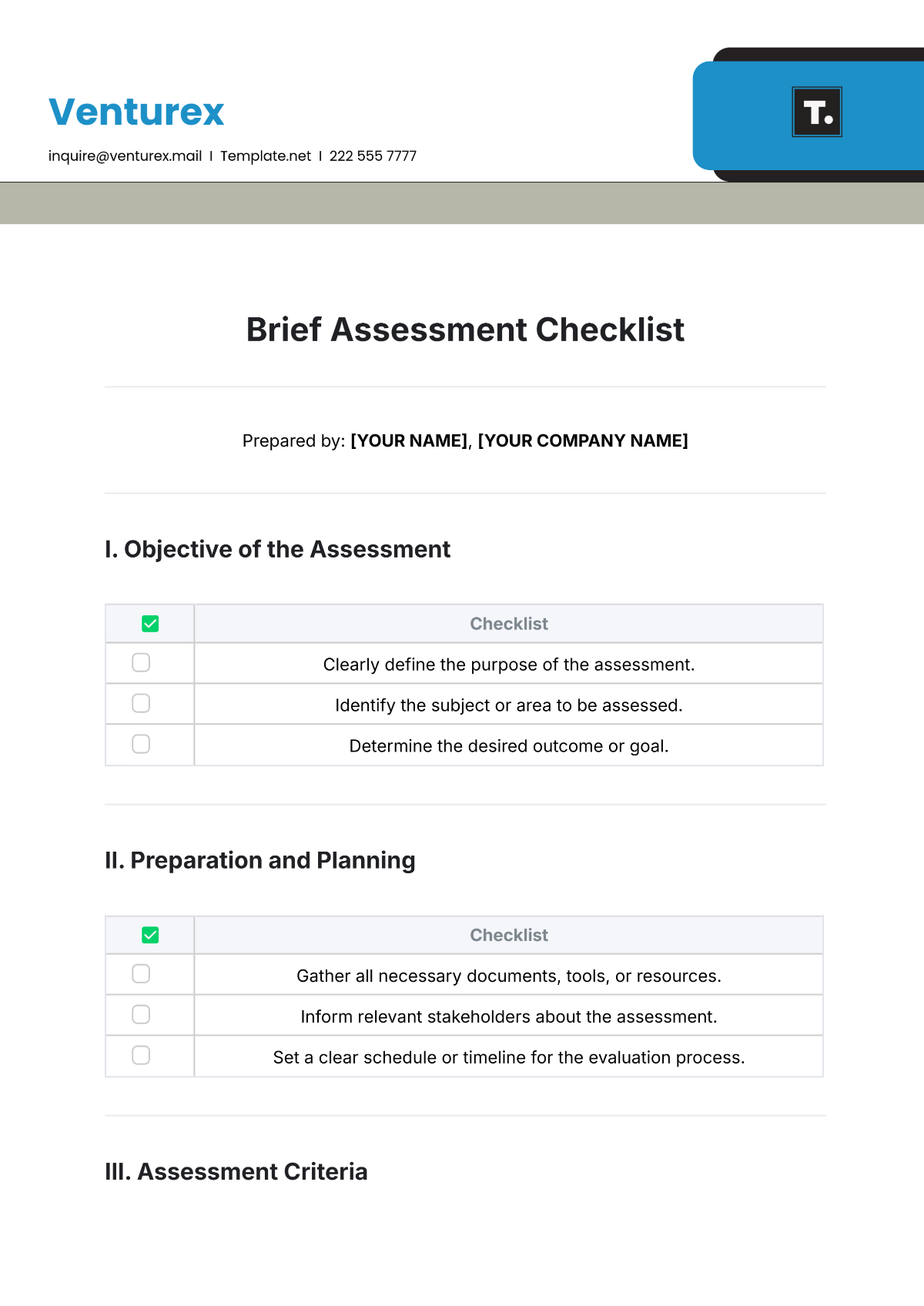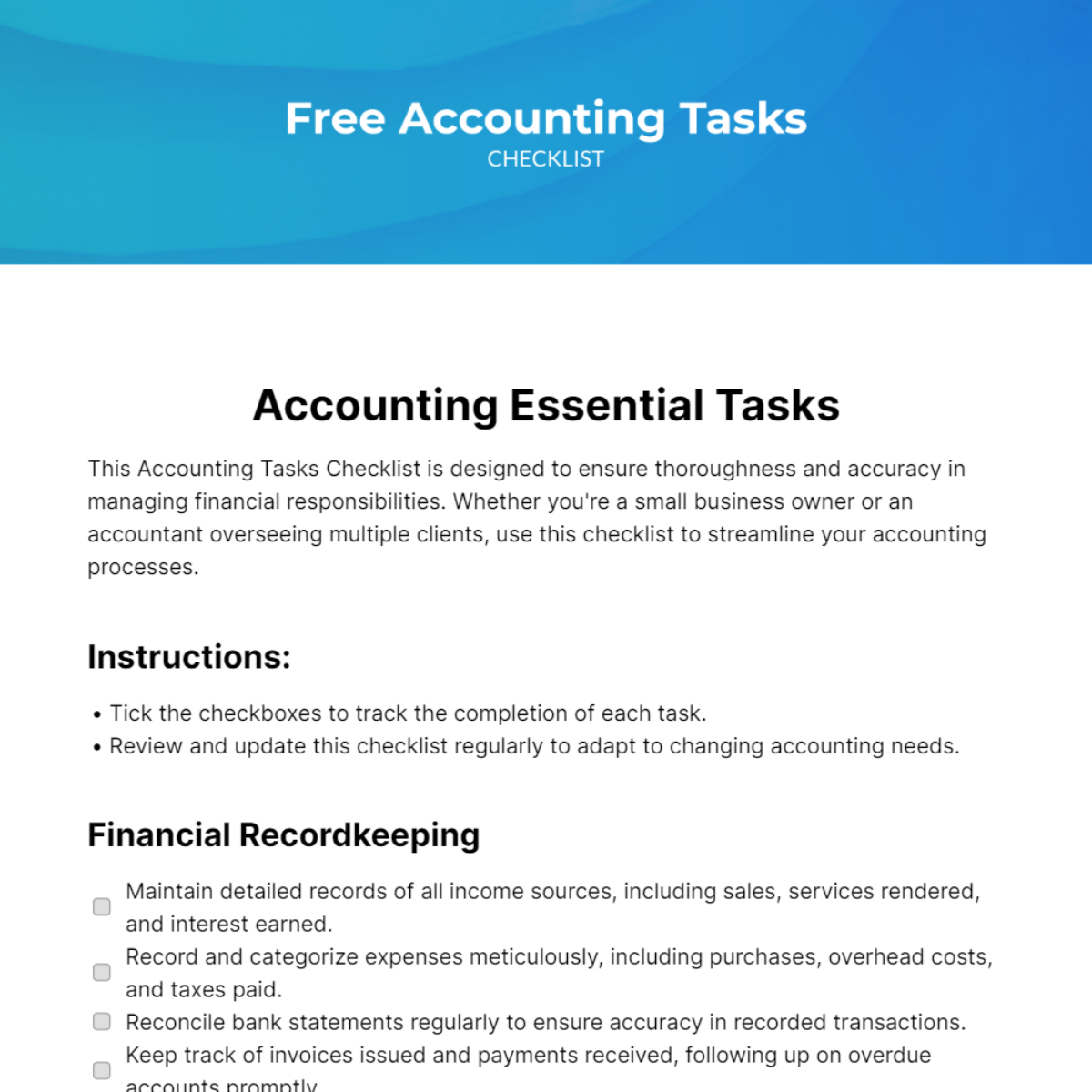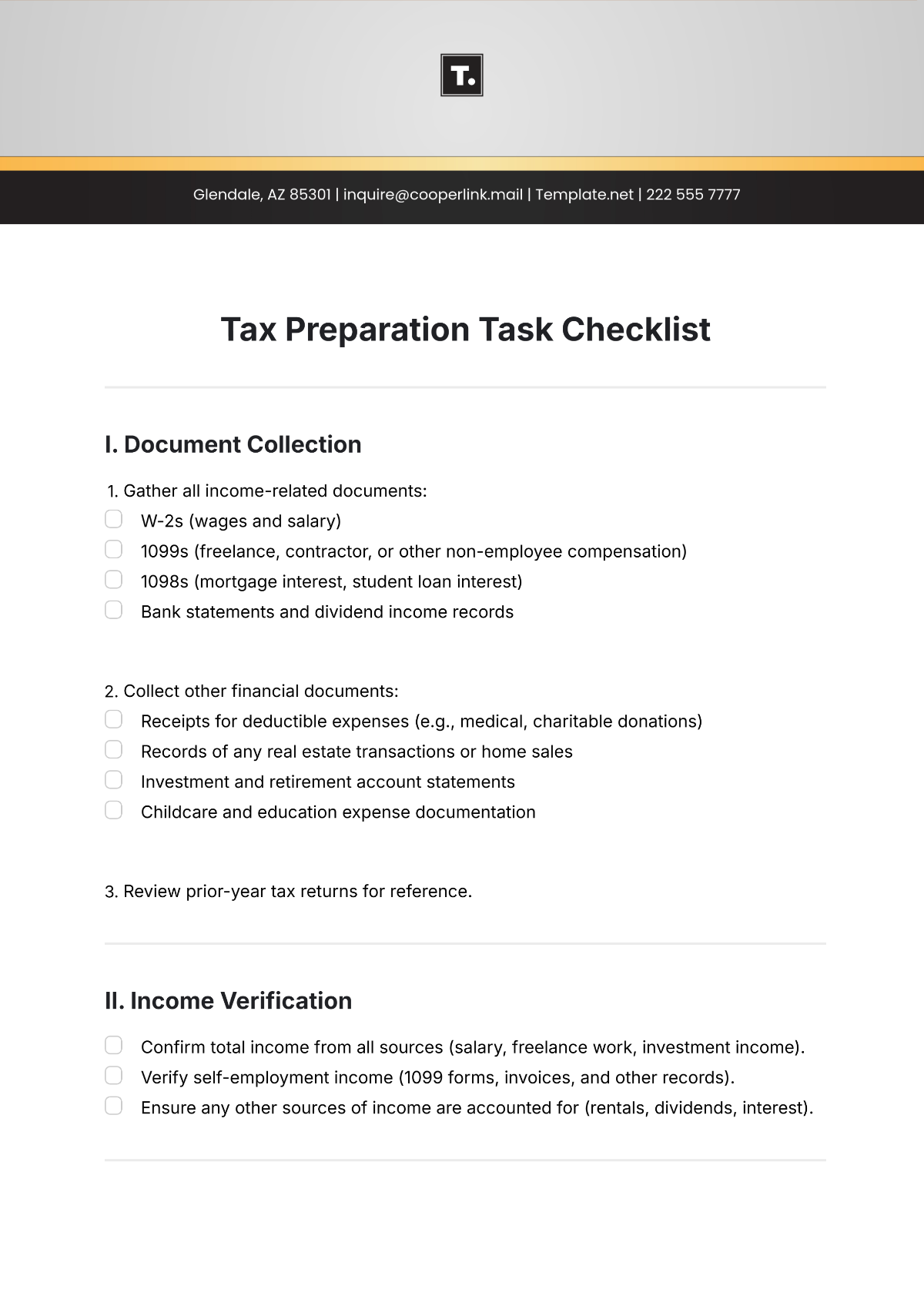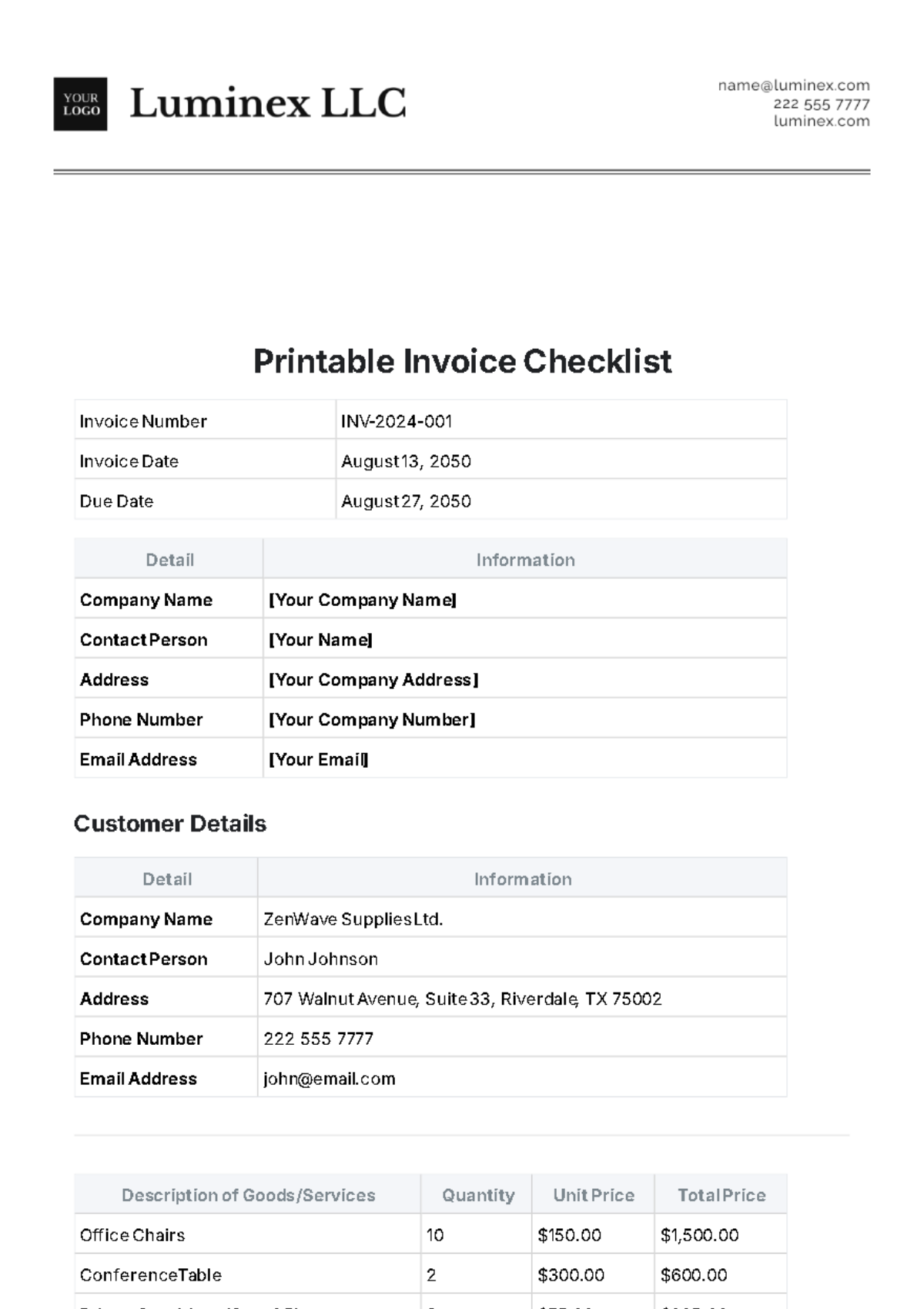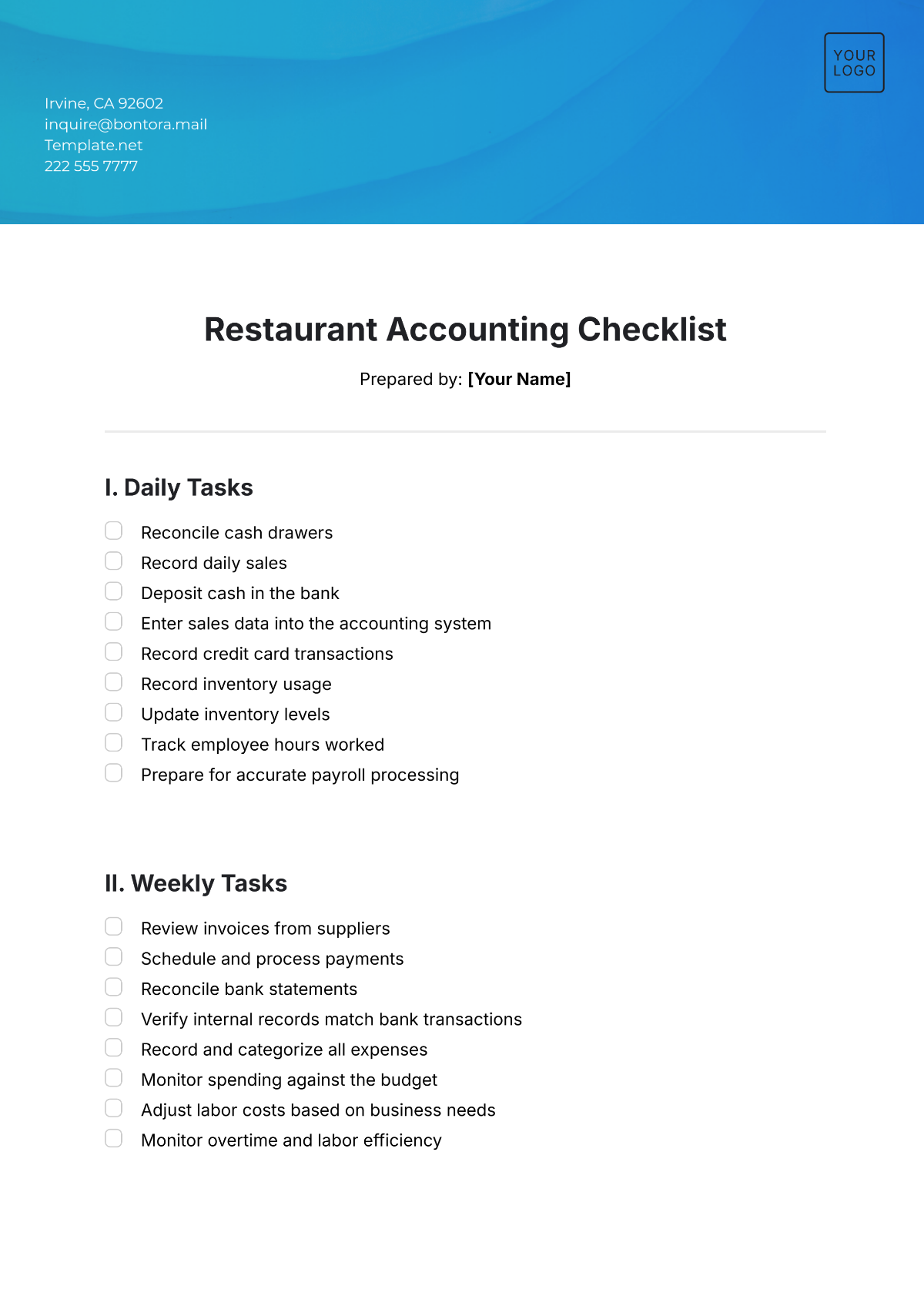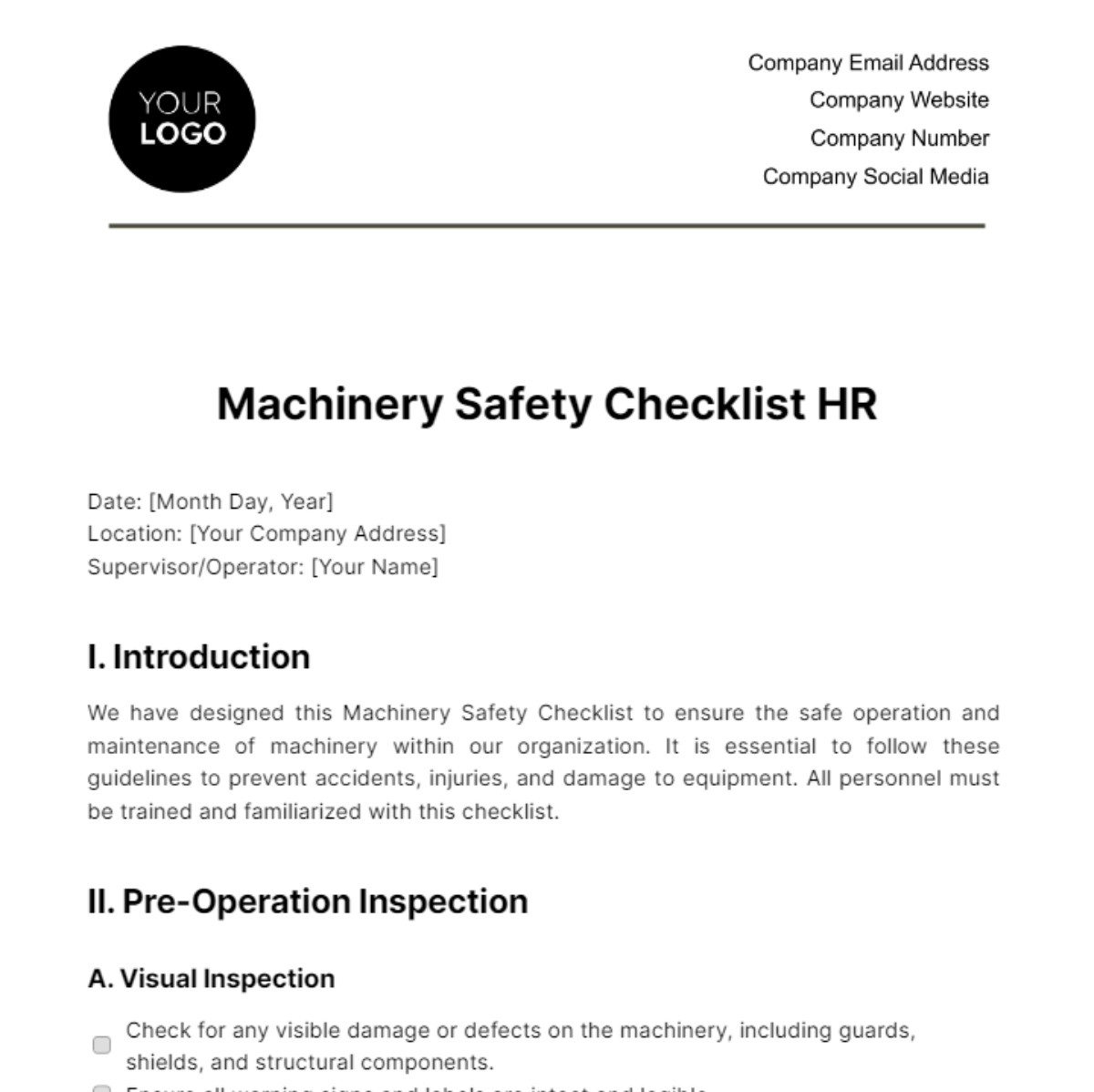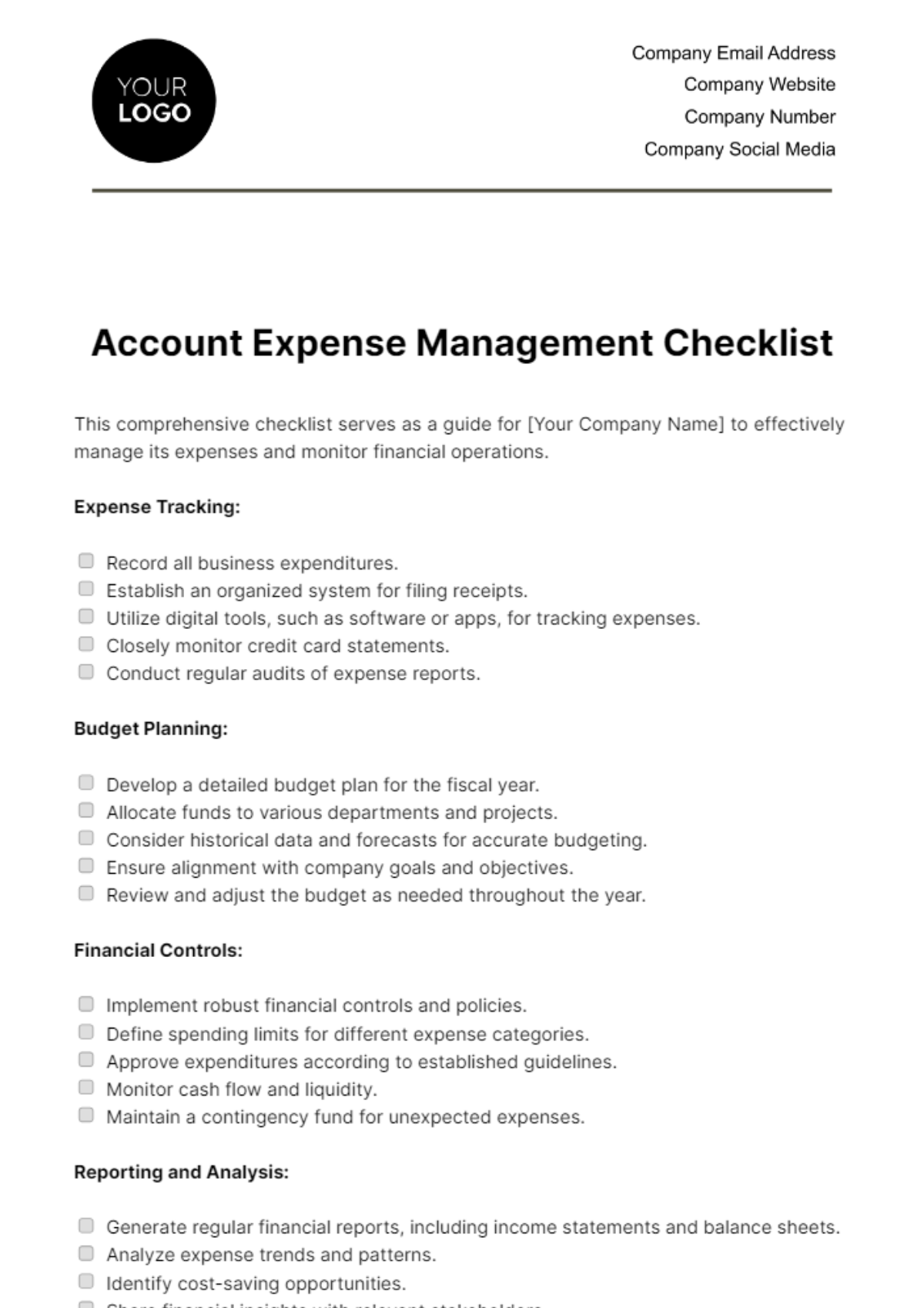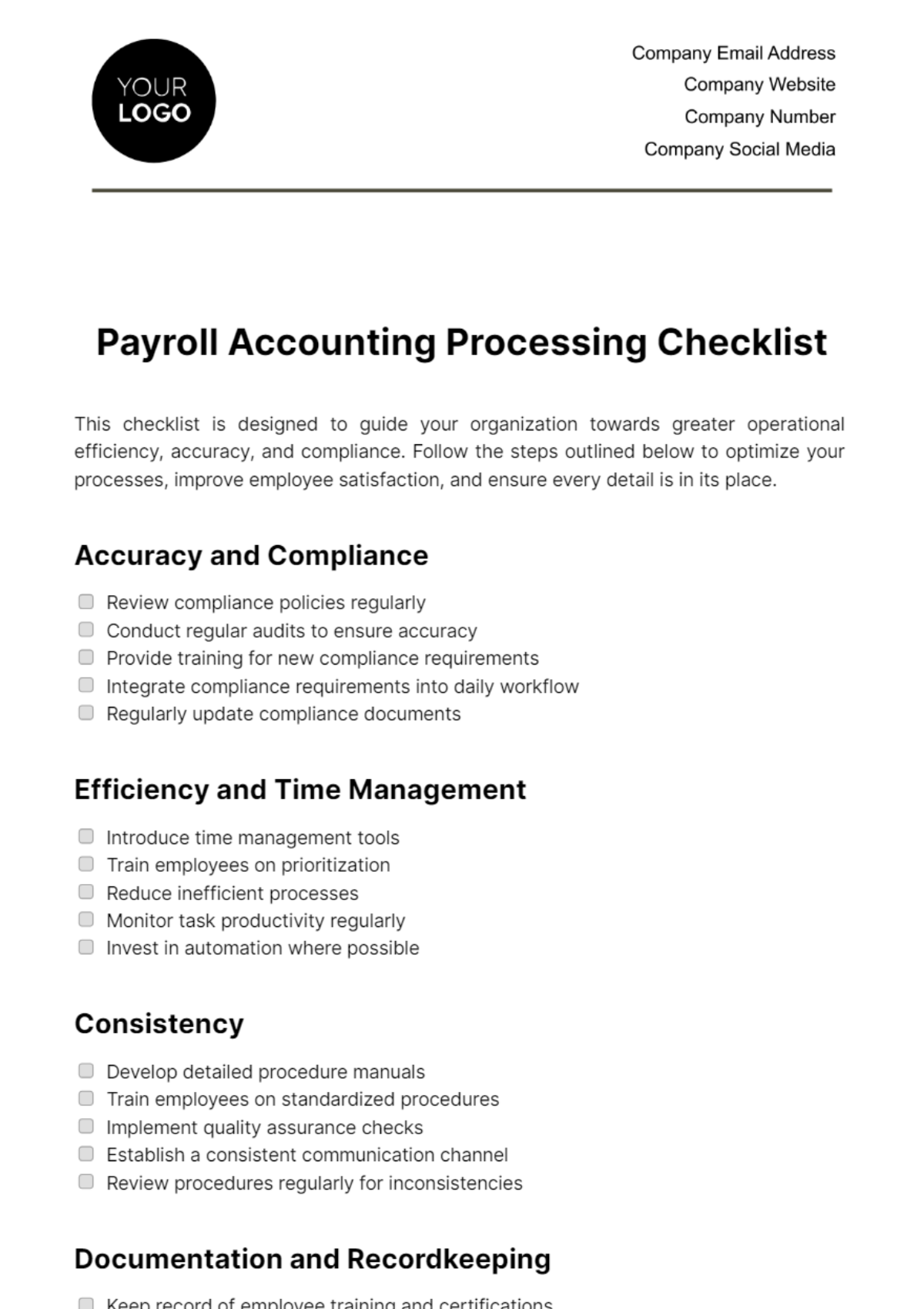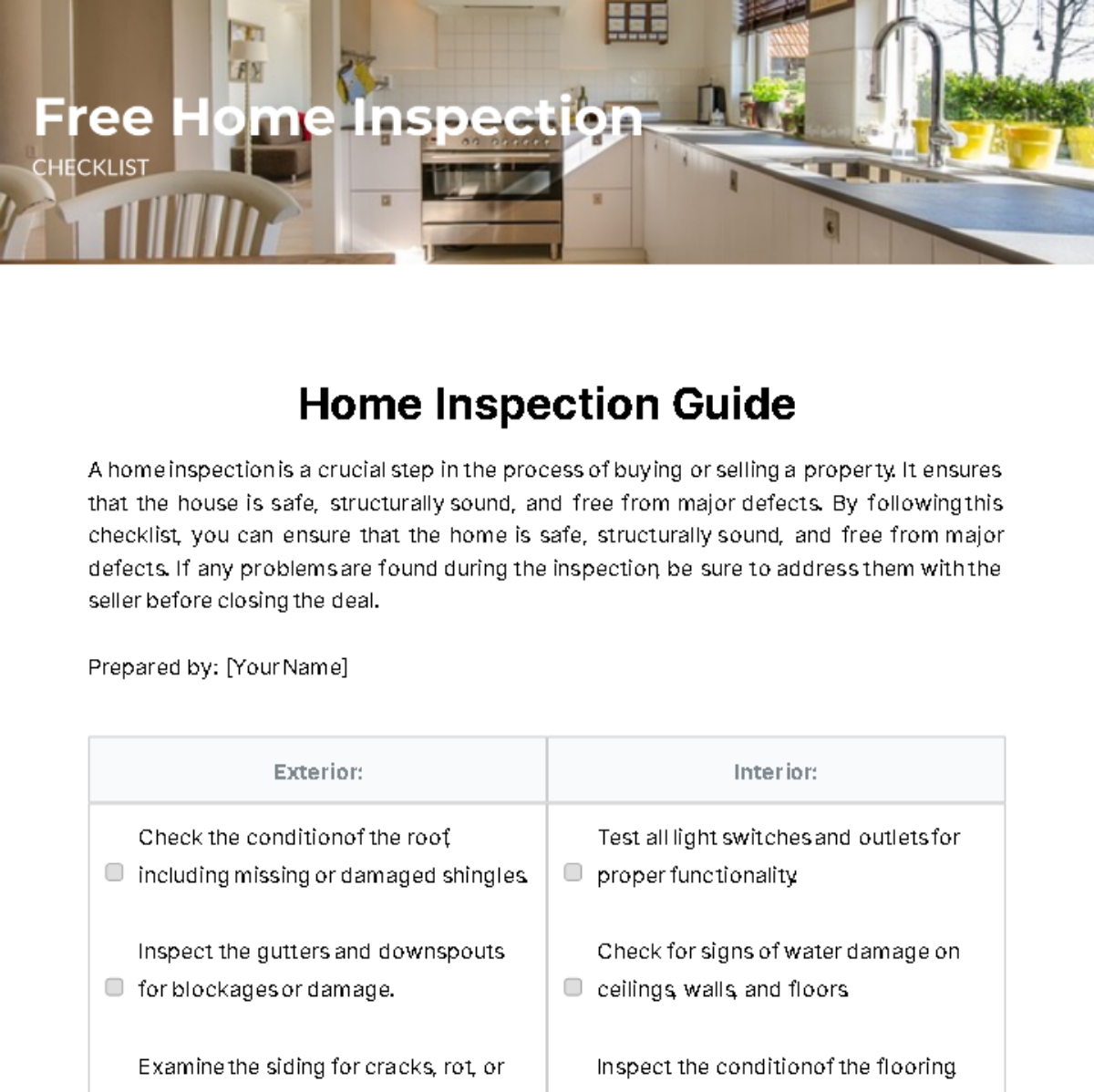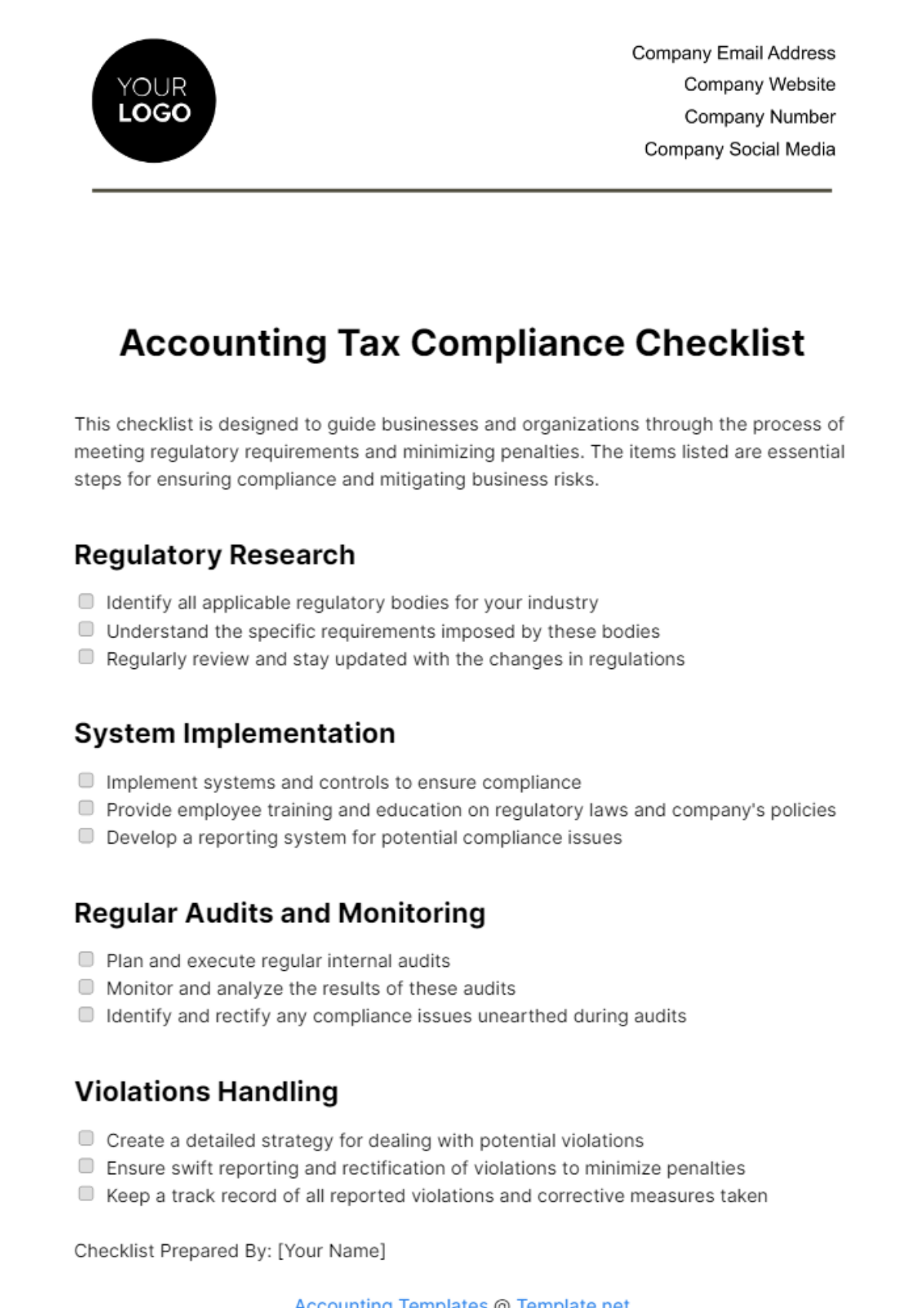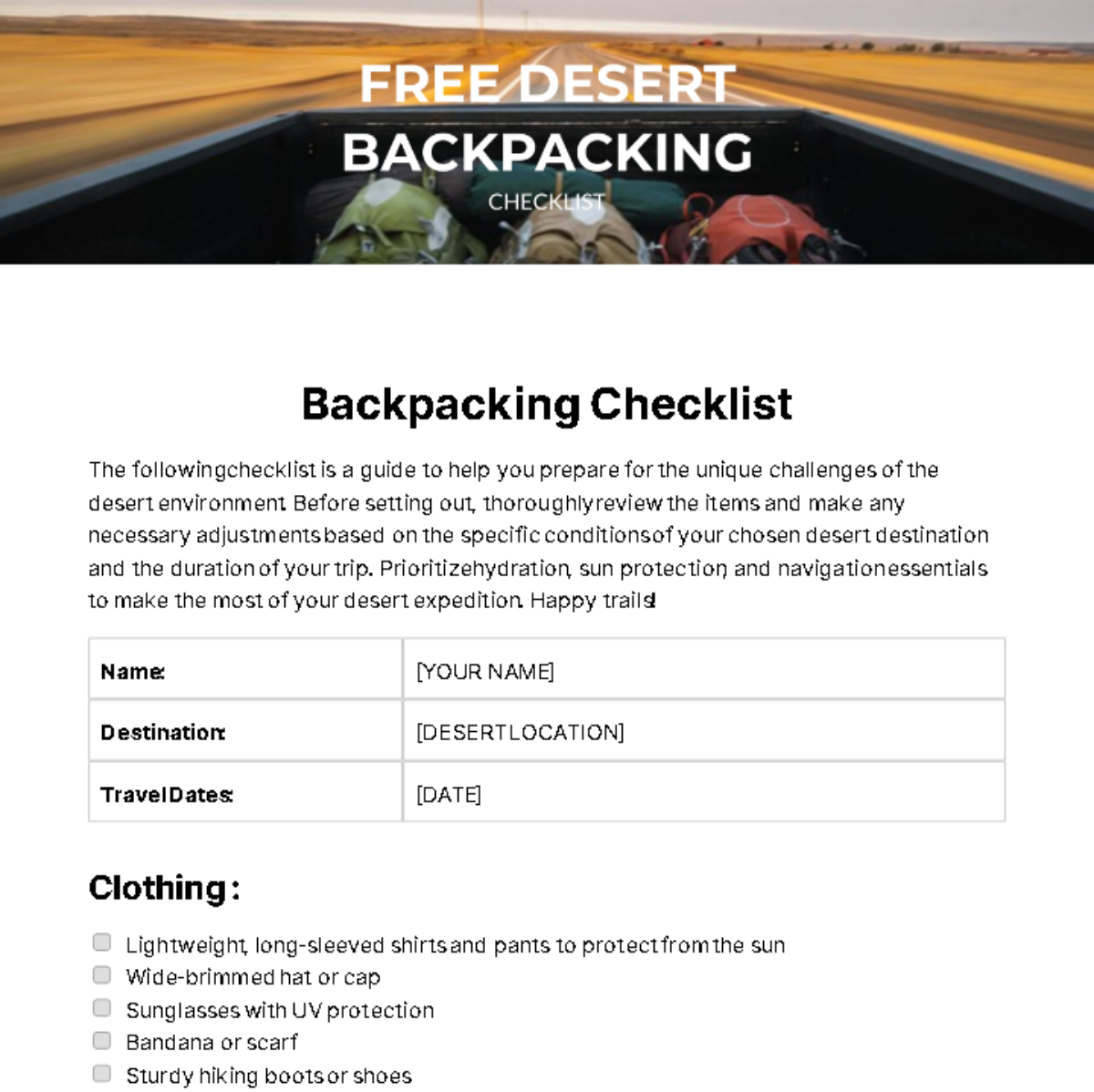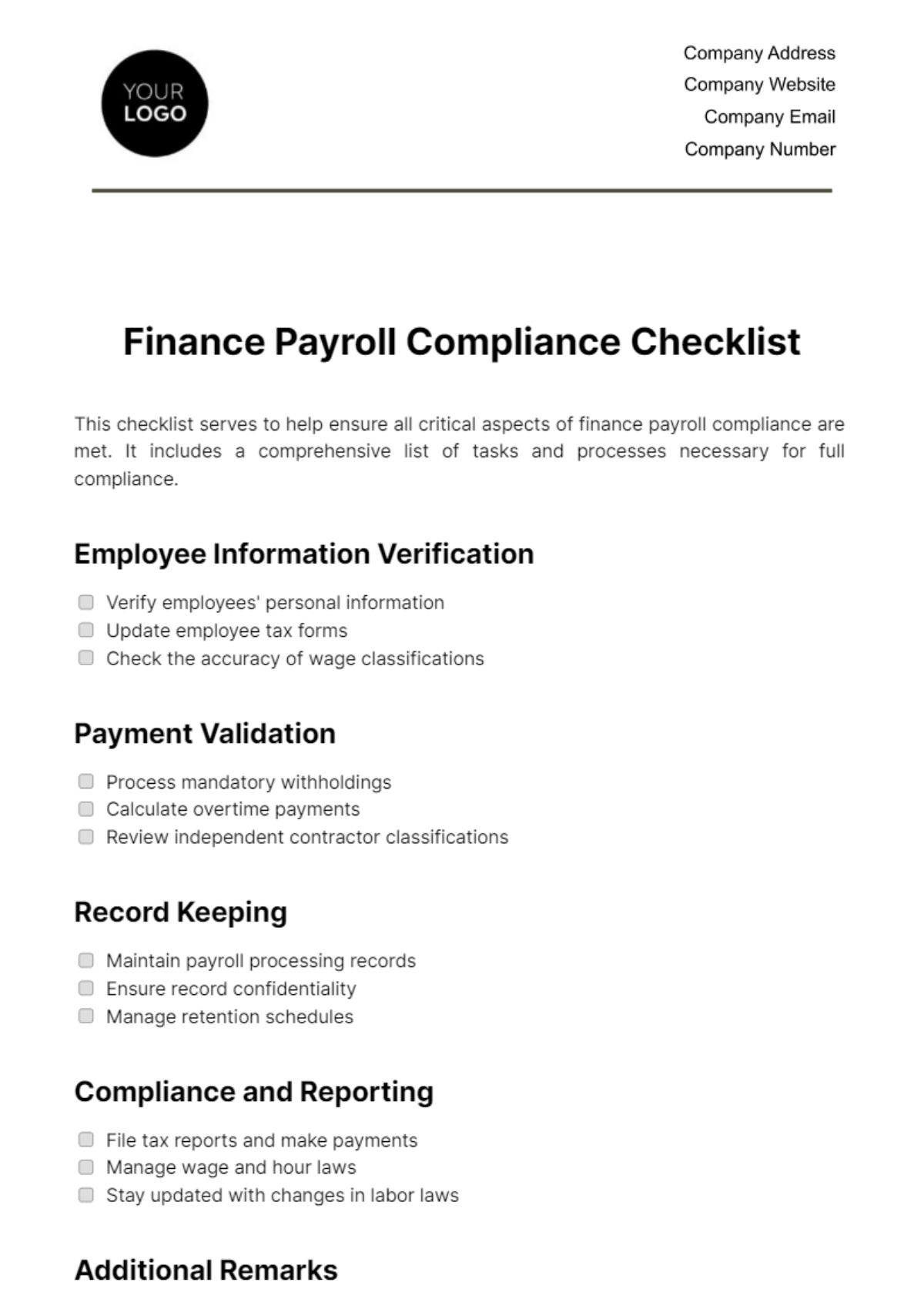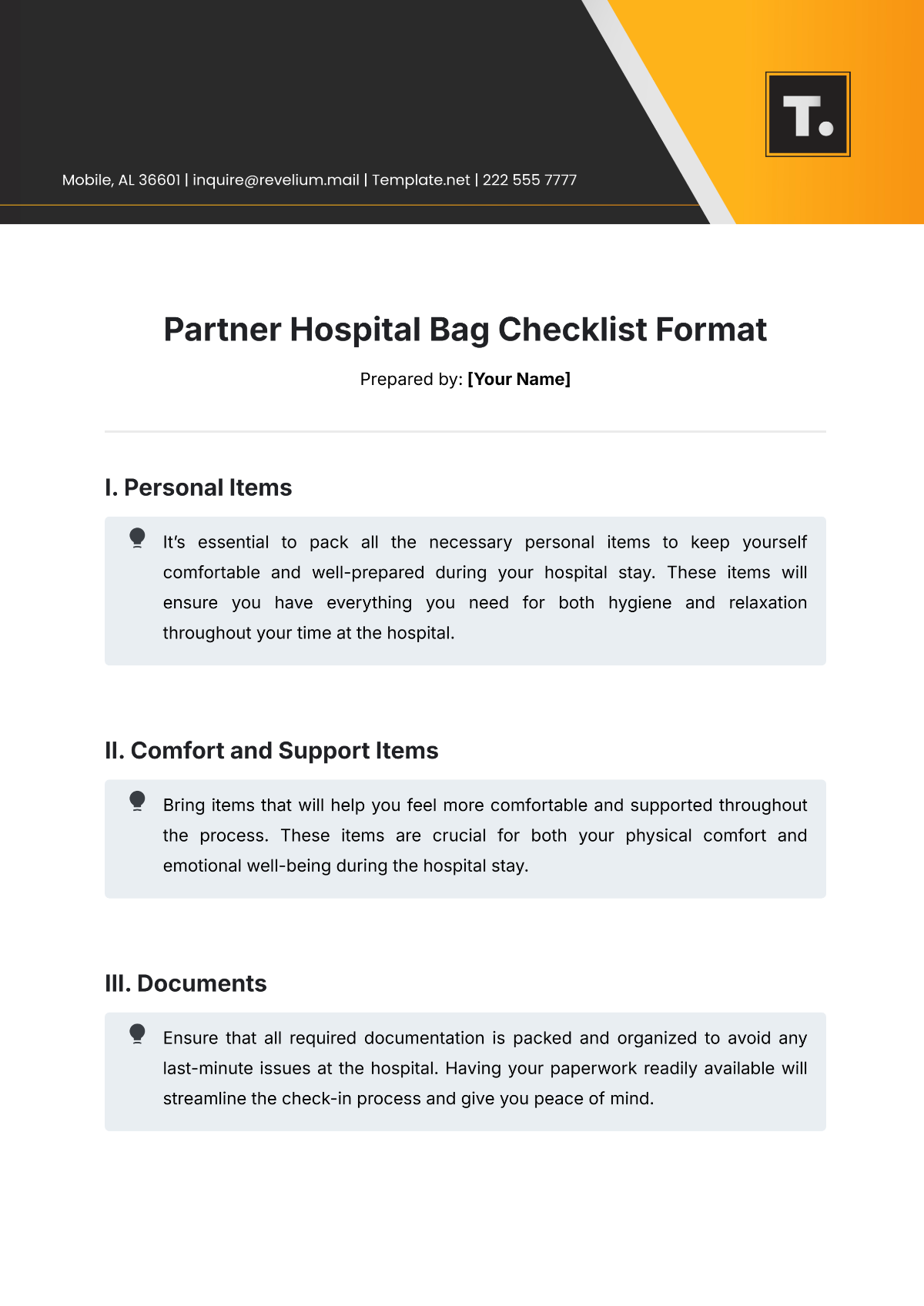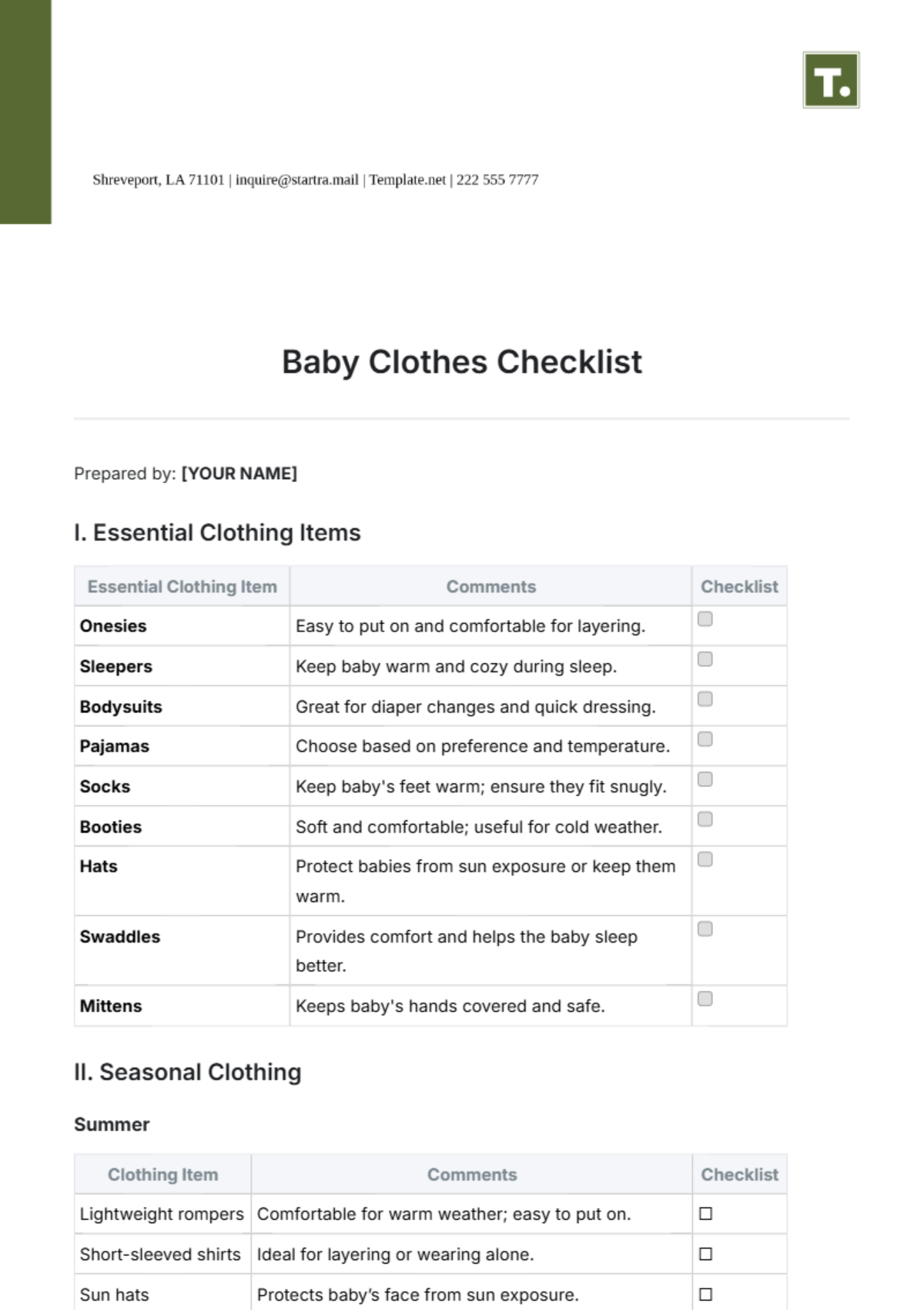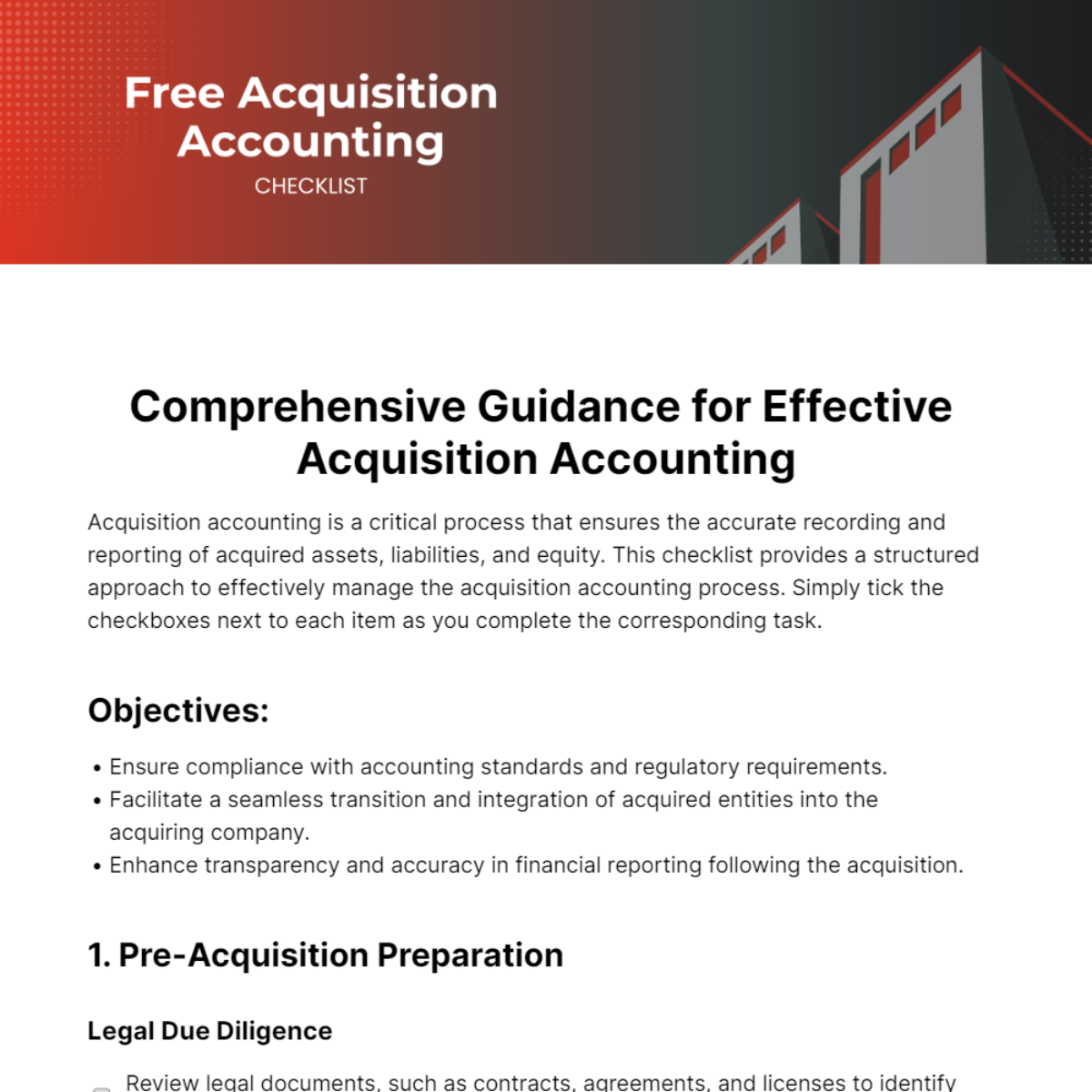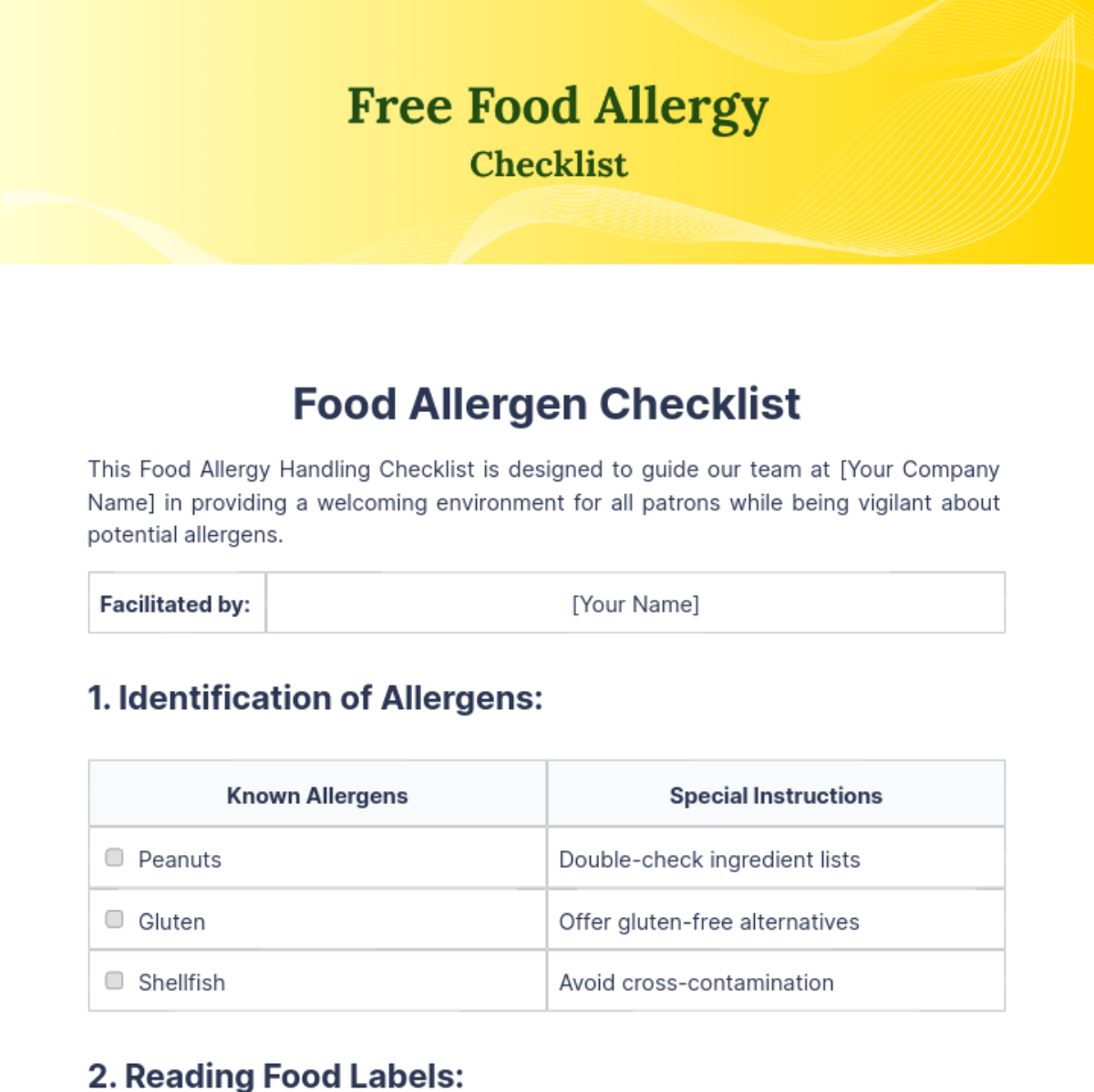Operations Service Quality Assurance Checklist
This checklist serves as a comprehensive tool to ensure the quality and efficiency of our operations services. Efficiently complete each section by thoroughly assessing documentation, compliance, staff training, customer satisfaction, equipment, incident management, continuous improvement, safety, security, and data reporting.
1. Documentation and Processes
Are all SOPs documented and readily accessible to relevant staff?
Have recent changes to processes been communicated effectively to all stakeholders?
Are there clear procedures for documenting and approving changes to SOPs?
Is there a system in place for reviewing and updating SOPs on a regular basis?
Are SOPs aligned with industry best practices and regulatory requirements?
2. Compliance and Regulatory Requirements
Have all applicable regulations and standards been identified and documented?Are there processes in place for monitoring changes to regulations and ensuring compliance?
Have all necessary permits, licenses, and certifications been obtained and maintained?
Are records of compliance activities and regulatory inspections maintained and up-to-date?
Is there a designated individual or team responsible for overseeing compliance efforts?
3. Service Level Agreements (SLAs)
Have SLAs been established for all relevant services or processes?
Are SLAs clearly defined in terms of performance metrics, responsibilities, and escalation procedures?
Are SLAs regularly reviewed with stakeholders to ensure alignment with business objectives?
Is there a process for monitoring SLA performance and addressing deviations or breaches?
Are SLA reports generated and shared with relevant stakeholders on a regular basis?
4. Staff Training and Competency
Is there a documented training program for new employees, and are staff members trained upon hire?
Are ongoing training opportunities provided to staff to enhance skills and knowledge?
How are staff competency levels assessed, and what actions are taken to address any gaps?
Are there mechanisms in place for recognizing and rewarding staff members who demonstrate exceptional performance?
Is there a succession plan in place to ensure continuity of operations in case of key staff turnover?
5. Customer Satisfaction
What methods are used to collect feedback from customers, and how frequently is feedback gathered?
Are customer feedback channels easily accessible and well-publicized?
How are customer complaints or concerns addressed, and what is the average resolution time?
Are customer satisfaction surveys conducted regularly, and what are the trends over time?
How is customer feedback utilized to improve products or services and enhance the overall customer experience?
6. Equipment and Infrastructure
Are all critical equipment and infrastructure items identified and regularly inspected for maintenance?
Is there a preventive maintenance schedule in place for equipment and infrastructure?
How are equipment failures or malfunctions reported, tracked, and resolved?
Are there backup systems or redundancy measures in place to minimize downtime?
How are equipment upgrades or replacements planned and budgeted for?
7. Incident Management
Is there a designated process or workflow for reporting and escalating incidents?
How are incidents categorized and prioritized based on severity and impact?
Are there established response and resolution times for different types of incidents?
Is there a system for documenting post-incident reviews and implementing corrective actions?
How are lessons learned from incidents shared and incorporated into future incident management practices?
8. Continuous Improvement
Are there formal mechanisms in place for soliciting suggestions for improvement from staff members?
How are improvement ideas evaluated, prioritized, and implemented?
Are there regular review meetings or forums to discuss progress on improvement initiatives?
How are the results of improvement efforts measured and tracked over time?
Is there a culture of continuous improvement fostered within the organization, and how is this communicated to staff?
9. Safety and Security
Are safety procedures clearly documented and communicated to all staff members?
How are safety hazards identified and assessed, and what measures are taken to mitigate risks?
Is there a system for reporting and investigating safety incidents or near misses?
Are security protocols in place to protect sensitive information and assets?
How are staff members trained on security best practices, such as data protection and access control?
10. Data and Reporting
What key performance indicators (KPIs) are tracked to measure operational performance?
Are data collection methods standardized and consistently applied across the organization?
How are data analyzed and reported to identify trends, patterns, and areas for improvement?
Are reports generated and shared with relevant stakeholders in a timely manner?
How are data integrity and confidentiality ensured throughout the reporting process?
Date of Assessment: [Month Day, Year]
Assessment Conducted by: [Your Name]
